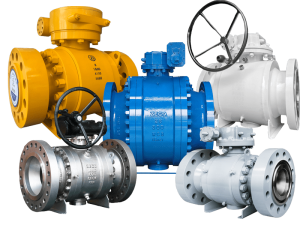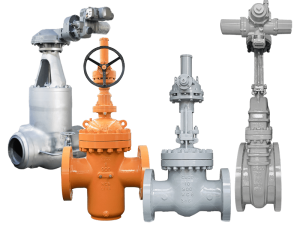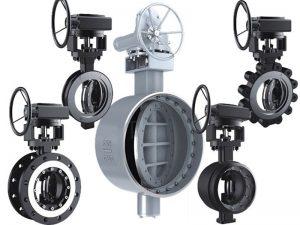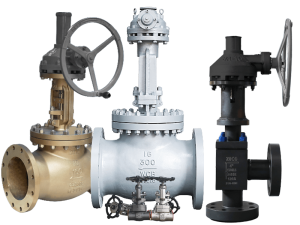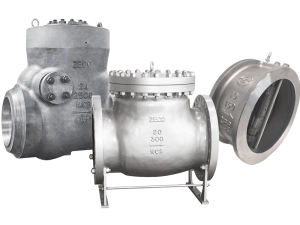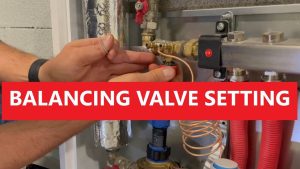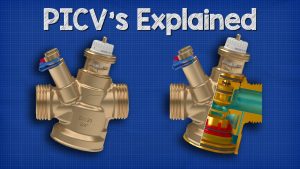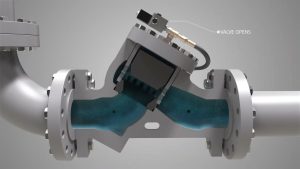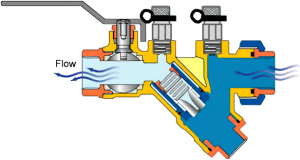Alguma vez se sentiu confuso sobre o válvula de pé vs válvula de retenção debate?
Não está sozinho.
Recebo perguntas sobre isto a toda a hora de pessoas que trabalham em sistemas de bombas, projectos de canalização e configurações de rega.
A questão é a seguinte:
Embora ambas as válvulas impeçam o refluxo, foram concebidas para tarefas completamente diferentes. E escolher a errada? Bem, isso pode levar a erros muito dispendiosos.
Neste guia, vou explicar tudo o que precisa de saber sobre a válvula de pé vs válvula de retenção comparação. No final, saberá exatamente qual a válvula a utilizar para a sua situação específica.
Parece-lhe bem? Vamos mergulhar.
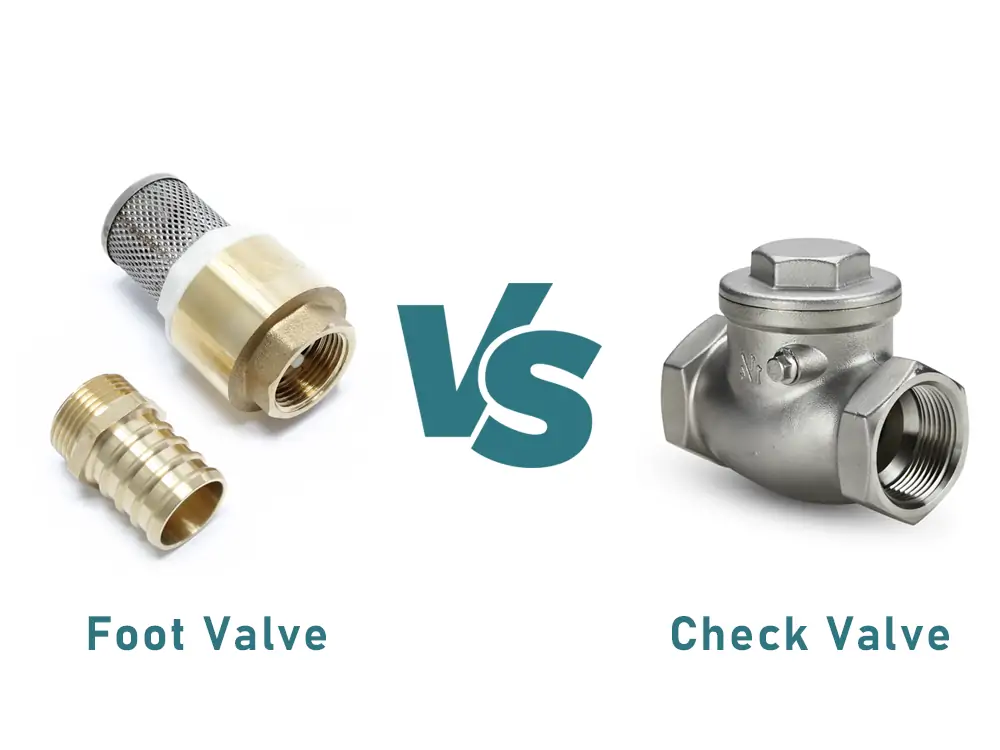
Índice
- O que é uma válvula de retenção?
- O que é uma válvula de pé?
- As principais diferenças: Válvula de Pé vs Válvula de Retenção
- Quando utilizar uma válvula de pé
- Quando utilizar uma válvula de retenção
- Melhores práticas de instalação
- Requisitos de manutenção
- Erros comuns a evitar
- Guia de seleção de materiais
- Considerações sobre os custos
- Aplicações no mundo real
- Fazer a escolha certa
- Tendências e inovações futuras
- Conclusão
O que é uma válvula de retenção?
Vou começar pelo básico.
A válvula de retenção (também designada por válvula anti-retorno) é bastante simples. Permite o fluxo de fluido numa direção e bloqueia automaticamente o fluxo na direção oposta1.
Pense nisso como uma rua de sentido único para os seus tubos.
Quando a pressão se acumula no lado da entrada, a válvula abre-se. Quando essa pressão cai ou inverte? A válvula fecha-se.
Principais caraterísticas das válvulas de retenção:
- Design de duas portas com rosca em ambos os lados
- Múltiplos mecanismos internos (disco oscilante, disco de elevação, esfera ou diafragma)
- Instalação flexível opções (horizontal ou vertical)
- Funcionamento automático sem controlo manual
- Aplicações versáteis em todos os sistemas de tubagem
A beleza das válvulas de retenção é a sua simplicidade. Não há peças móveis para partir. Não há ligações eléctricas. Apenas engenharia mecânica pura a fazer o seu trabalho.
O que é uma válvula de pé?
Agora é que as coisas ficam interessantes.
A válvula de pé é, na verdade, um tipo especializado de válvula de retenção. Mas tem algumas caraterísticas únicas que a tornam perfeita para aplicações específicas1.
A principal diferença? As válvulas de pé são concebidas para ficarem no fundo das linhas de sucção da bomba, submersas na fonte de fluido.
Principais caraterísticas das válvulas de pé:
- Filtro ou ecrã integrado na entrada
- Conceção de porta única com rosca apenas no lado da saída
- Instalação vertical requisito (direção do fluxo para cima)
- Filtragem de detritos capacidades
- Manutenção principal para sistemas de bombas
Eis o resultado final: Uma válvula de pé é essencialmente uma válvula de retenção com um filtro incorporado.
As principais diferenças: Válvula de Pé vs Válvula de Retenção
Vou explicar isto com uma comparação que tornará tudo muito claro:
| Recurso | Válvula de pé | Válvula de retenção |
|---|---|---|
| Objetivo primário | Evita o refluxo E mantém a escorva da bomba | Evita apenas o refluxo |
| Coador incorporado | Sim, ecrã de filtro integrado | Sem capacidade de filtragem |
| Local de instalação | Fundo da conduta de aspiração, submerso | Em qualquer ponto do sistema de tubagem |
| Enfiamento | Apenas um lado (saída) | Ambos os lados (entrada e saída) |
| Direção do fluxo | Apenas na vertical para cima | Horizontal ou vertical |
| Acesso para manutenção | Desafiante (frequentemente submerso) | Normalmente mais fácil de aceder |
| Custo | Normalmente mais elevado devido ao coador | Custo geralmente mais baixo |
| Tempo de vida | 3-5 anos (condições adversas) | Mais de 5 anos com manutenção adequada |
O visão fundamental aqui? As válvulas de pé resolvem dois problemas de uma só vez: prevenção de refluxo e filtragem de detritos.
Quando utilizar uma válvula de pé
É aqui que as válvulas de pé brilham absolutamente:
Sistemas de bombas de poços
Se estiver a lidar com bombas de poço, as válvulas de pé são muitas vezes inegociáveis. Mantêm a bomba escorvada e filtram os sedimentos que podem danificar os dispendiosos componentes da bomba1.
Aplicações de irrigação
Está a extrair água de lagos, riachos ou fontes de água abertas? O coador incorporado evita que folhas, detritos e outros resíduos entupam o sistema.
Instalações de bombas de drenagem
As inundações na cave já são suficientemente más. Não piore a situação com uma bomba entupida. As válvulas de pé mantêm os detritos afastados, ao mesmo tempo que mantêm a pressão.
Bombas não auto-ferrantes
Qualquer bomba que não se possa auto-ferrar precisa de uma válvula de pé. Ponto final. Sem ela, terá de preparar manualmente a bomba sempre que a ligar.
Dica profissional: Posicione a sua válvula de pé pelo menos 0,75 vezes o diâmetro da válvula acima do fundo da sua fonte de água. Isto minimiza a entrada de sedimentos e reduz o entupimento.
Quando utilizar uma válvula de retenção
As válvulas de retenção são a escolha ideal para:
Prevenção geral de refluxo
Precisa de parar o fluxo inverso algures no seu sistema de tubagem? As válvulas de retenção são perfeitas para proteger as bombas, evitar a contaminação e manter a pressão do sistema.
Sistemas HVAC
Os sistemas de aquecimento e arrefecimento dependem de válvulas de retenção para assegurar a direção correta do fluxo e proteger o equipamento contra picos de pressão.
Sistemas municipais de água
Os sistemas de distribuição de água em grande escala utilizam válvulas de retenção para manter a pressão e evitar a contaminação.
Aplicações industriais
As indústrias de processamento químico, petróleo e gás e de fabrico dependem das válvulas de retenção para operações seguras e eficientes.
Sistemas de proteção contra incêndio
Os sistemas de aspersão necessitam de válvulas de retenção para manter a pressão e garantir que a água flui na direção certa durante as emergências.
A beleza das válvulas de retenção? Versatilidade. Funcionam em quase todos os locais onde é necessário um controlo de fluxo unidirecional.
Melhores práticas de instalação
Permitam-me que partilhe algumas lições duramente aprendidas sobre a instalação correta:
Conselhos para a instalação da válvula de pé:
- Instalar sempre na vertical com direção do fluxo para cima
- Manter a folga adequada do fundo da fonte de água
- Utilizar uma mangueira de sucção de qualidade classificado para a sua aplicação
- Considerar a acessibilidade para manutenção futura
- Verificar os códigos locais para requisitos específicos
Dicas de instalação da válvula de retenção:
- Seguir as setas de direção do fluxo (isto parece óbvio, mas ficaria surpreendido)
- Prestar apoio adequado para evitar o stress nas condutas
- Permitir a expansão térmica em tubagens longas
- Instalar válvulas de fecho em ambos os lados para manutenção
- Considerar as classificações de pressão e limites de temperatura
A questão é a seguinte: Uma má instalação mata mais válvulas do que o desgaste. Demore o tempo que for preciso e faça-o corretamente.
Requisitos de manutenção
Vamos falar sobre como manter estas válvulas a funcionar corretamente.
Manutenção da válvula de pé
As válvulas de pé requerem uma manutenção intensiva. Eis o que está a ver:
- Limpeza regular do coador (a cada 3-6 meses na maioria das aplicações)
- Inspeção da corrosão e fadiga dos materiais
- Controlo da integridade dos selos para evitar fugas
- Controlo dos detritos no fundo da fonte de água
O desafio? A maioria das válvulas de pé estão submersas e são de difícil acesso. Planeie esta situação durante a instalação.
Manutenção da válvula de retenção
As válvulas de retenção são muito mais fáceis de manter:
- Inspecções visuais anuais e testes
- Lubrificação de partes móveis (se aplicável)
- Substituição de vedação quando apresenta desgaste
- Ensaio de pressão para verificar o fecho correto
Conclusão: As válvulas de retenção ganham de longe em termos de conveniência de manutenção.
Erros comuns a evitar
Depois de ver inúmeras instalações ao longo dos anos, eis os maiores erros que vejo:
Utilizar uma válvula de retenção em vez de uma válvula de pé
Este é provavelmente o erro mais caro. A sua bomba perde a pressão, fica seca e queima-se. Ai.
Ignorar a direção do fluxo
A instalação de qualquer válvula ao contrário torna-a inútil. Verifique sempre as setas de fluxo.
Saltar a manutenção regular
Os filtros das válvulas de pé não se limpam sozinhos. Se os negligenciar, verá o desempenho da sua bomba baixar.
Seleção errada do tamanho
As válvulas subdimensionadas criam quedas de pressão. As válvulas sobredimensionadas podem não vedar corretamente. O tamanho é importante.
Má escolha de localização
A acessibilidade para manutenção deve influenciar o local de instalação. Pense no futuro.
Guia de seleção de materiais
O material correto faz toda a diferença:
Para aplicações na água:
- Latão - Bom para temperaturas até 200°F, excelente resistência à corrosão
- Aço inoxidável 316 - Aplicações marítimas, resistência química
- PVC - Económica, leve, boa para pressões moderadas
Para uso industrial:
- Ferro fundido - Aplicações de alta pressão com guarnição em bronze ou aço inoxidável
- CPVC - Processamento químico, temperaturas mais elevadas
- Bronze - Ambientes marinhos, boa durabilidade
Dica profissional: Faça corresponder o material da sua válvula ao seu sistema de tubagem. A mistura de materiais pode provocar corrosão galvânica.
Considerações sobre os custos
Falemos de dinheiro.
Custos iniciais:
- Válvulas de controlo: $35-$600 consoante o tamanho e o material
- Válvulas de pé: Gama semelhante, muitas vezes ligeiramente superior devido ao filtro
- Instalação: $100-$400 mão de obra profissional
Custos do ciclo de vida:
- Válvulas de pé: Substituição a cada 3-5 anos, manutenção mais elevada
- Válvulas de controlo: Mais de 5 anos de vida útil com uma manutenção adequada
O resultado final? Ter em conta o custo total de propriedade e não apenas o preço inicial.
Aplicações no mundo real
Permitam-me que vos dê alguns exemplos concretos:
Estudo de caso 1: Sistema de água de poço
O cliente tinha um poço pouco profundo com uma bomba de jato. Inicialmente, utilizou uma válvula de retenção básica. Resultado? Reabastecimento constante e eventual falha da bomba.
Solução: Mudei para uma válvula de pé com filtro. Problema resolvido.
Estudo de caso 2: Sistema de arrefecimento industrial
A fábrica precisava de prevenção de refluxo no seu circuito de arrefecimento. A válvula de pé teria sido um exagero e criaria uma queda de pressão desnecessária.
Solução: Válvula de retenção de balanço standard. Adaptação perfeita.
Estudo de caso 3: Sistema de irrigação
Operação agrícola que retira água de um lago. A válvula de retenção não conseguia lidar com os detritos. A bomba estava sempre a entupir.
Solução: Válvula de pé com ecrã de filtro grosseiro. Funcionamento limpo desde então.
A lição? O contexto é importante. Não existe uma solução única para todos os casos.
Fazer a escolha certa
Eis o meu quadro de decisão:
Escolha uma válvula de pé quando:
- Instalação no fundo da conduta de aspiração
- A bomba precisa de manter a escorva
- É necessária uma filtragem de detritos
- Captação de água de fontes abertas
- Utilização de bombas não auto-ferrantes
Escolha uma válvula de retenção quando:
- Necessidade de prevenção de refluxo em qualquer ponto do sistema
- A facilidade de acesso para manutenção é importante
- Não é necessária filtragem de detritos
- Necessidade de vários pontos de instalação
- A otimização dos custos é prioritária
A questão fundamental: Está a proteger a linha de sucção de uma bomba ou a impedir o refluxo noutro ponto do seu sistema?
Responda a isso e saberá qual a válvula a escolher.
Tendências e inovações futuras
A indústria das válvulas continua a evoluir. Eis o que estou a prever para 2025:
Tecnologia de válvula inteligente
As válvulas activadas pela IoT com capacidades de monitorização remota estão a tornar-se mais comuns em aplicações industriais.
Materiais melhorados
As novas composições de polímeros oferecem uma melhor resistência química e uma vida útil mais longa.
Designs livres de manutenção
Os mecanismos de auto-limpeza dos filtros estão a reduzir os requisitos de manutenção das válvulas de pé.
Controlo da pressão
Os sensores de pressão integrados ajudam a detetar problemas nas válvulas antes de causarem falhas no sistema.
Conclusão
Aqui tem - a versão completa do válvula de pé vs válvula de retenção comparação.
Lembrar: as válvulas de pé são válvulas de retenção especializadas concebidas para aplicações de sucção de bombas. Evitam o refluxo E filtram os detritos, tornando-os perfeitos para poços, irrigação e sistemas de bombas de drenagem.
As válvulas de retenção, por outro lado, são equipamentos versáteis que impedem o refluxo nos sistemas de tubagem. São mais simples, fáceis de manter e económicas para aplicações gerais.
O resultado final? Adequar a válvula à sua aplicação específica. Considere o local de instalação, os requisitos de manutenção e se necessita de filtragem de detritos.
Quando compreender as diferenças entre as aplicações da válvula de pé e da válvula de retenção, tomará melhores decisões, evitará erros dispendiosos e manterá os seus sistemas a funcionar sem problemas durante muitos anos.
Dica profissional: Em caso de dúvida, consulte um profissional qualificado de canalização ou de sistemas de bombagem. O custo de um aconselhamento especializado é sempre inferior ao custo de escolher a válvula errada.

